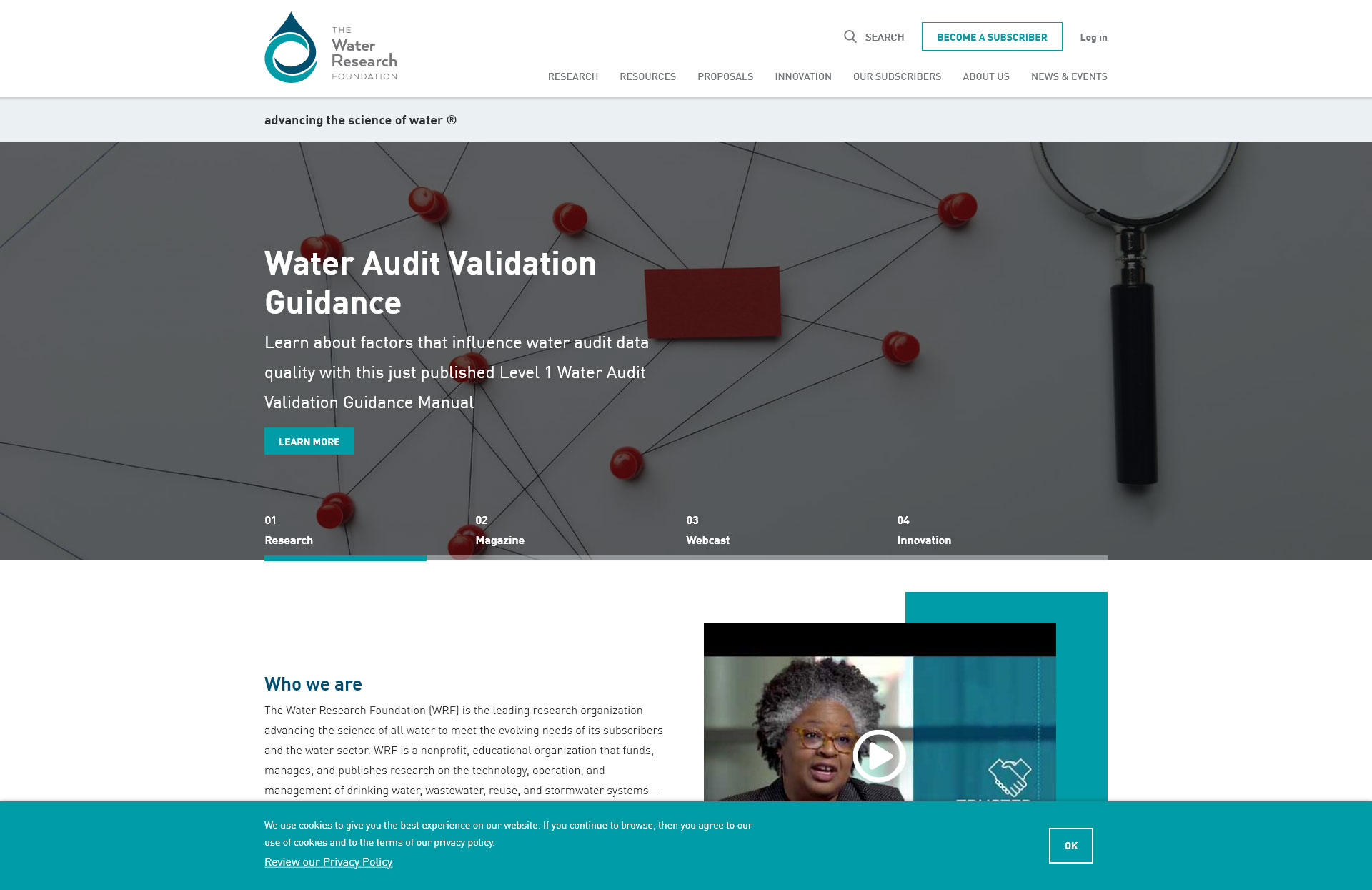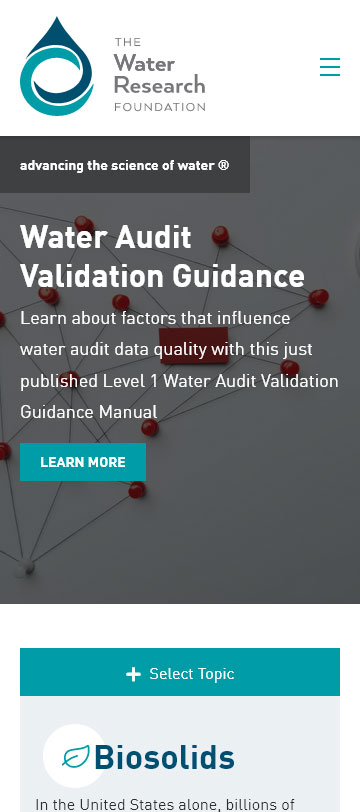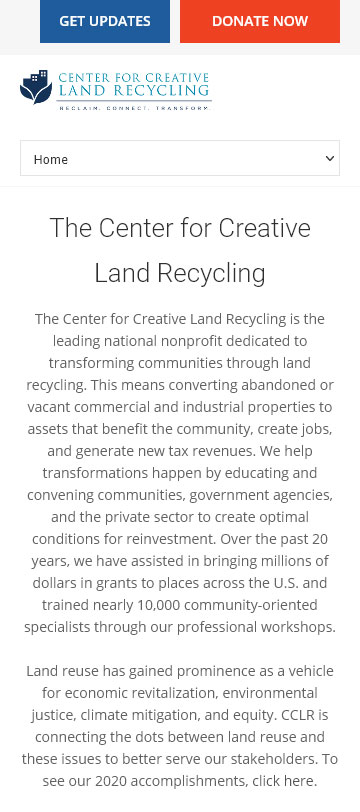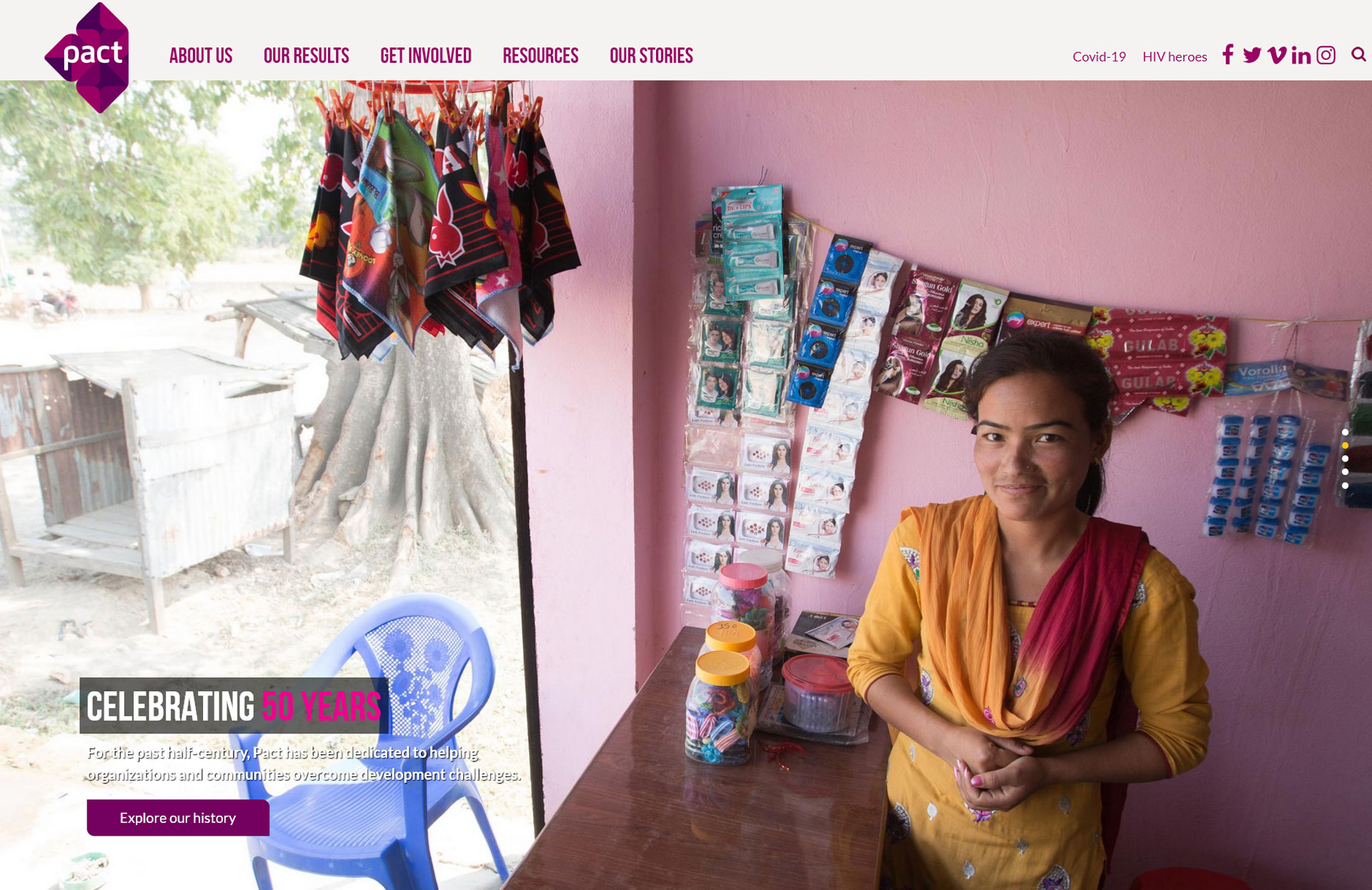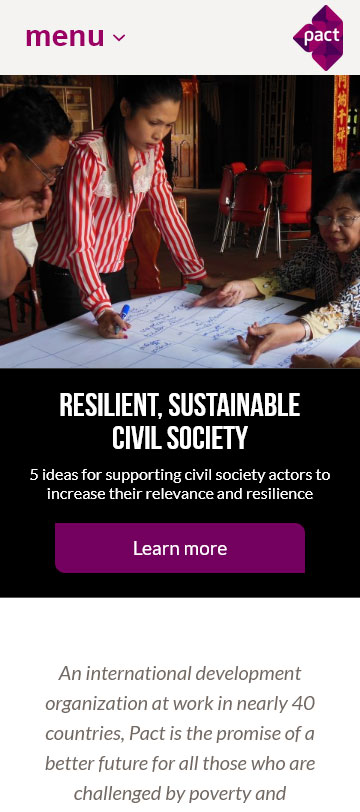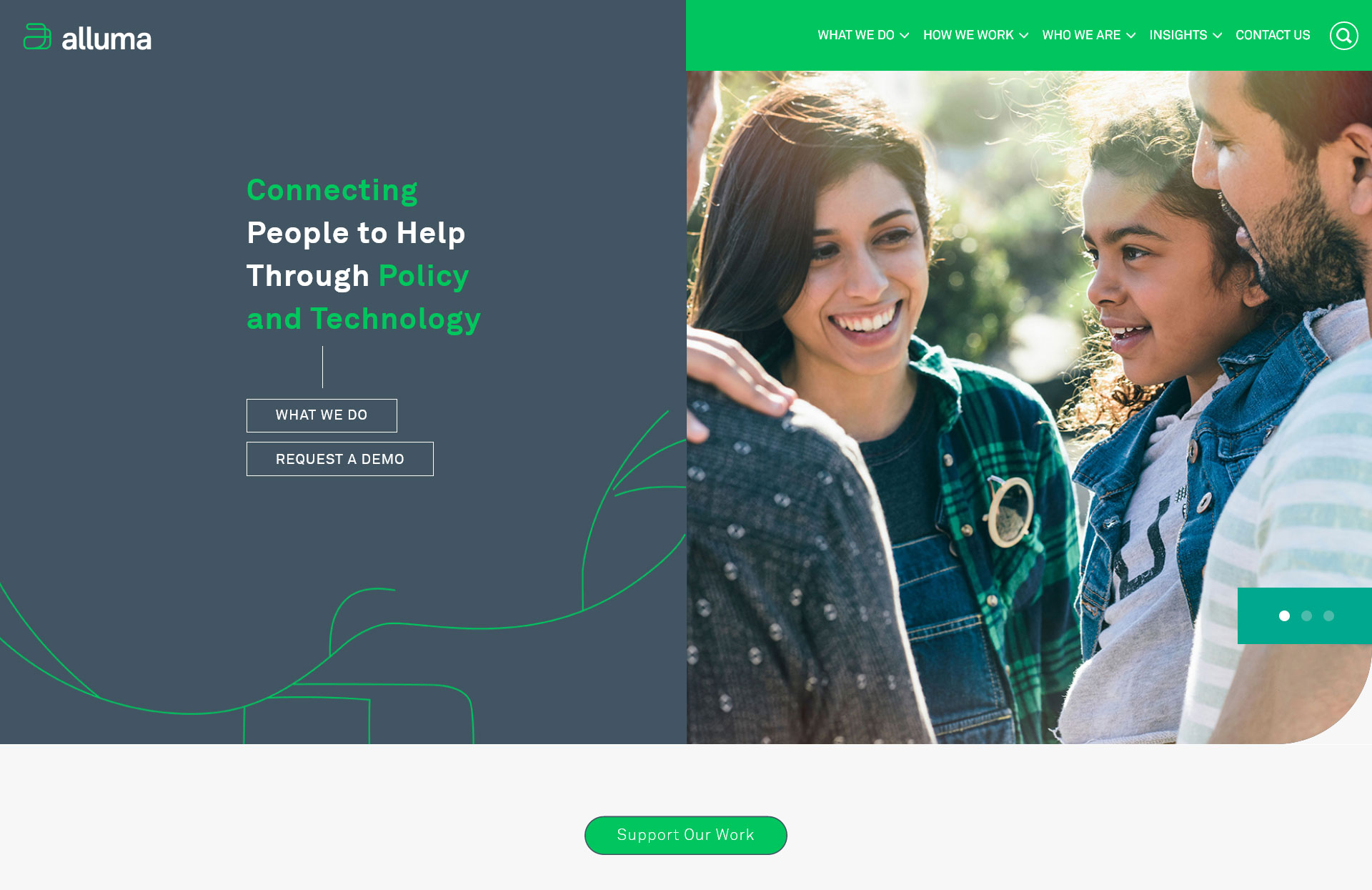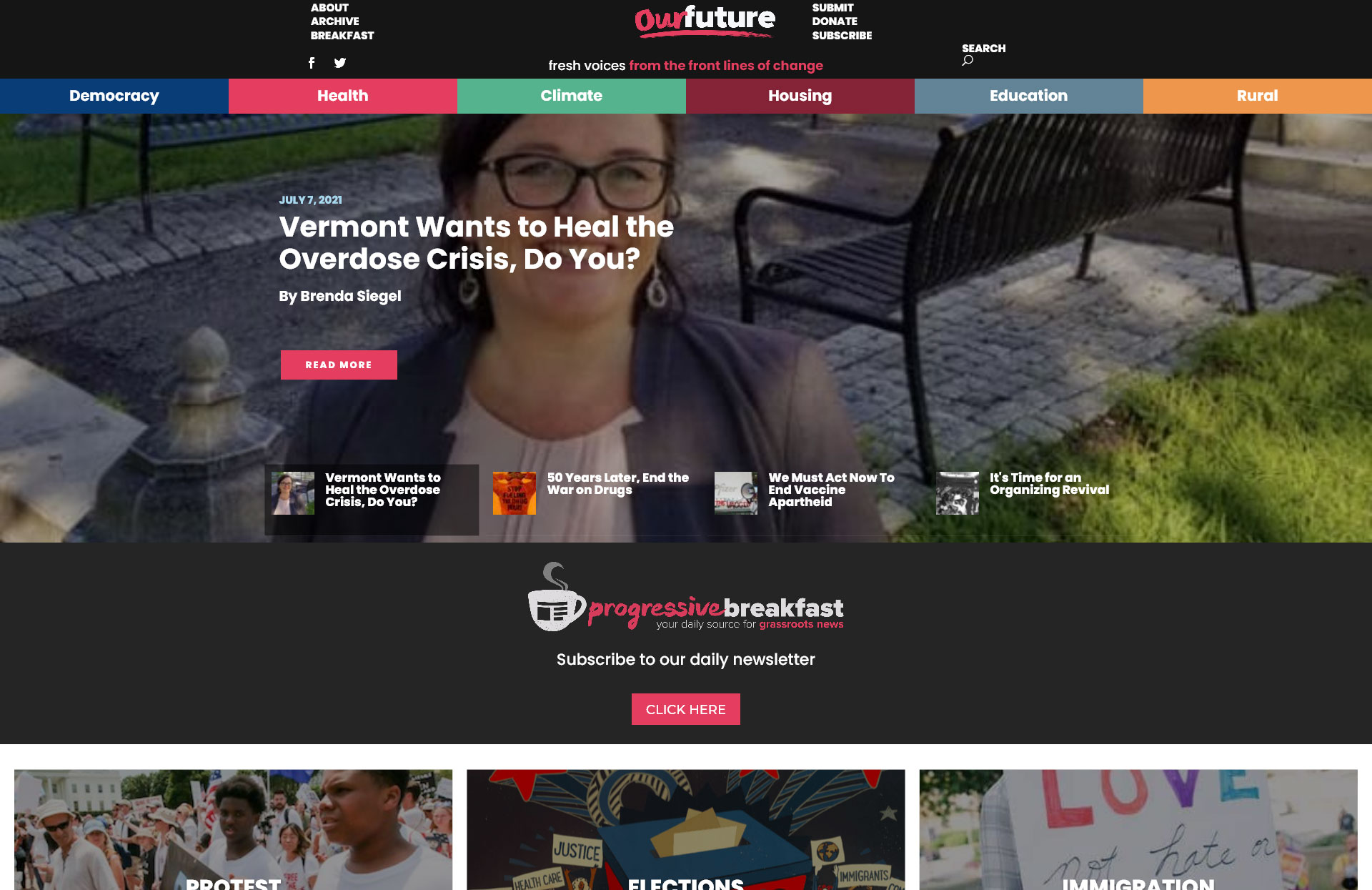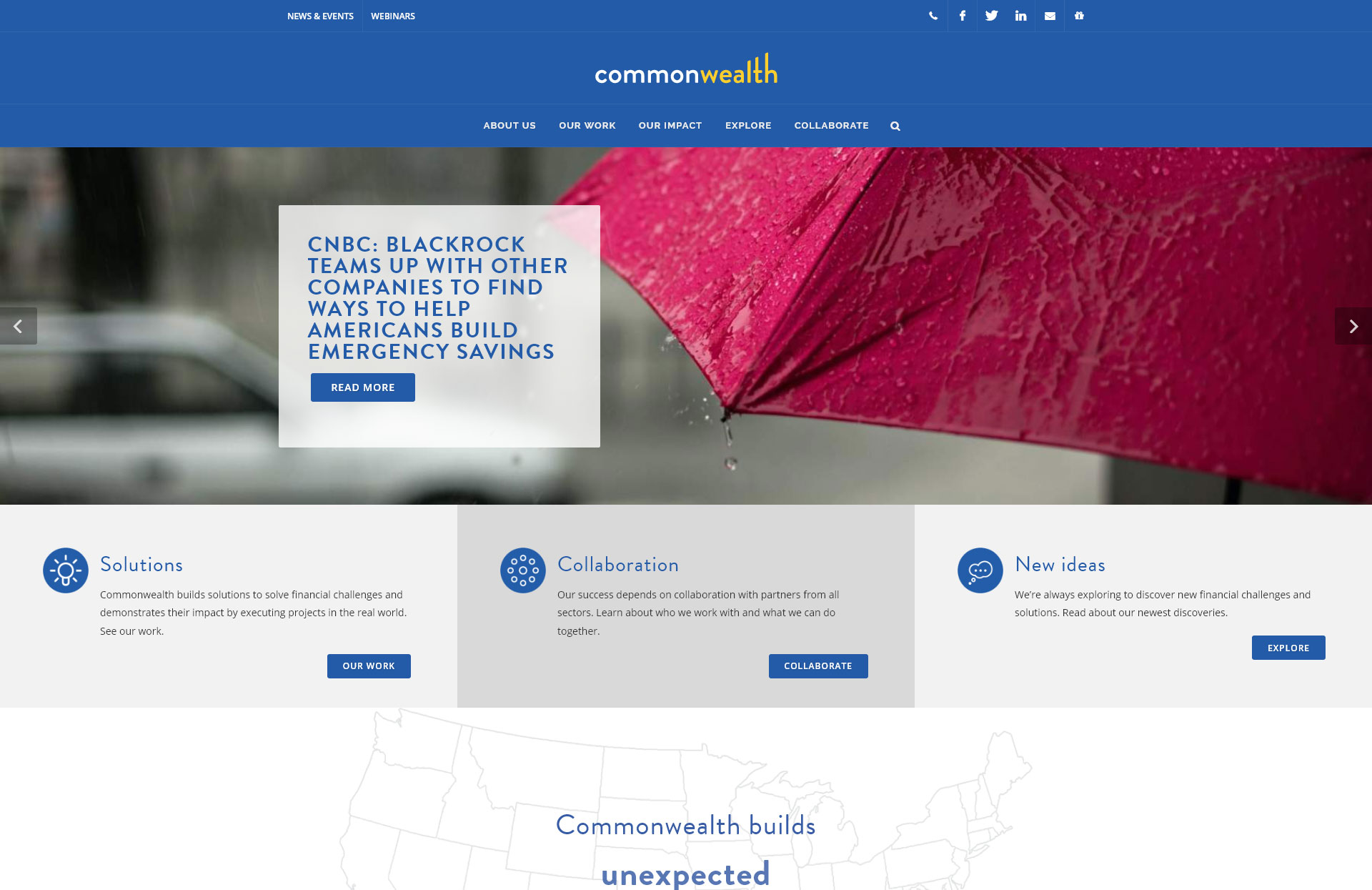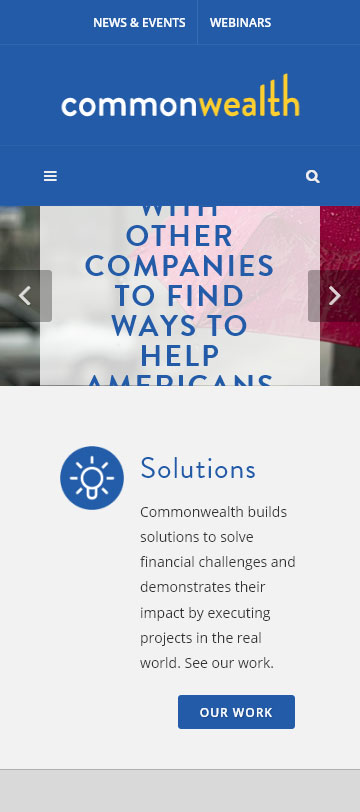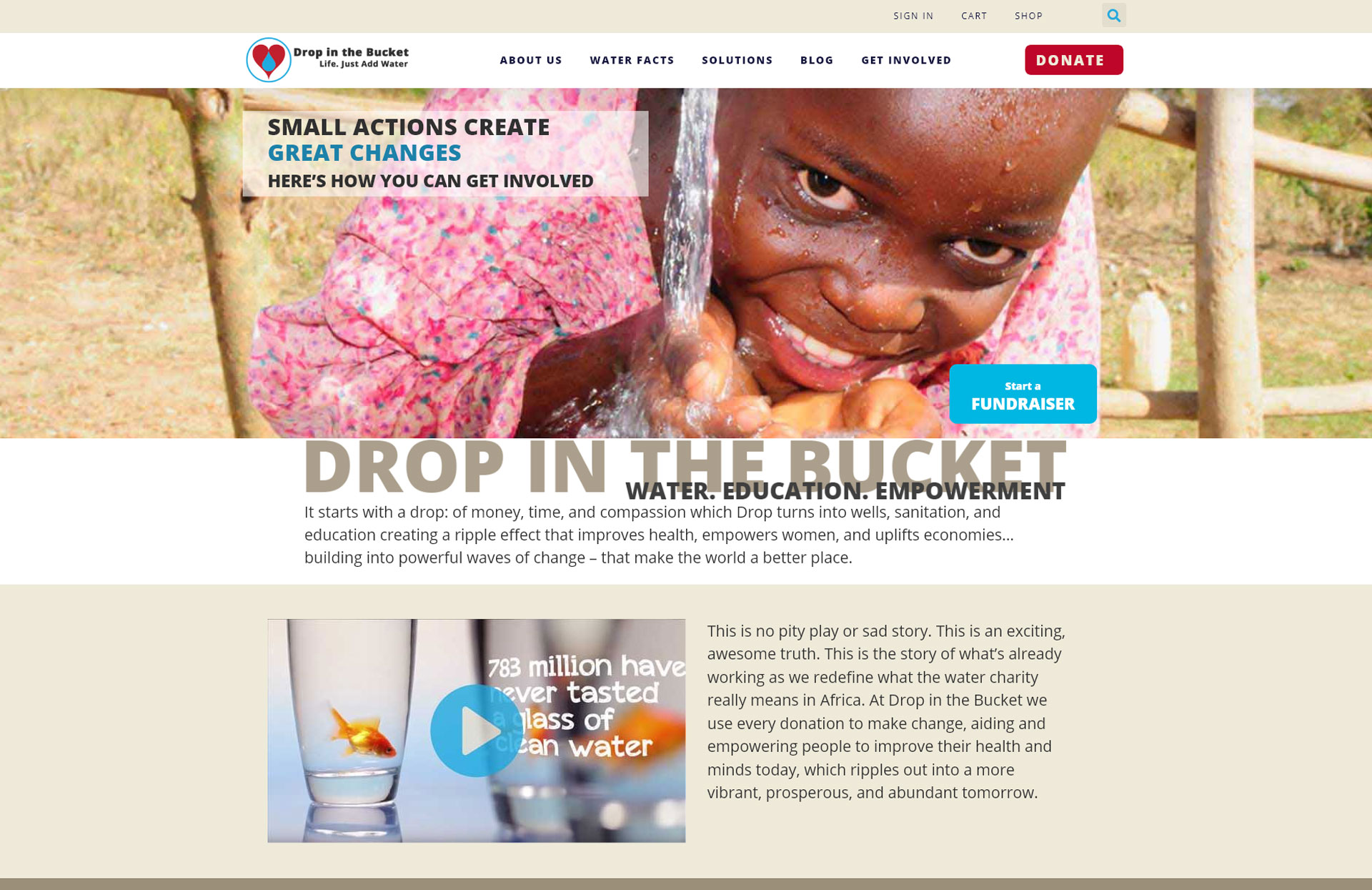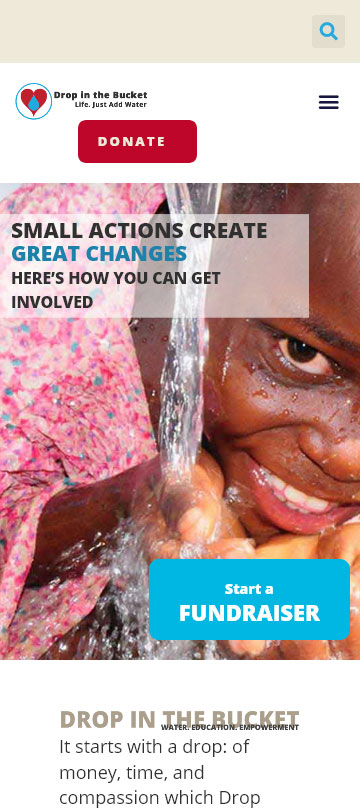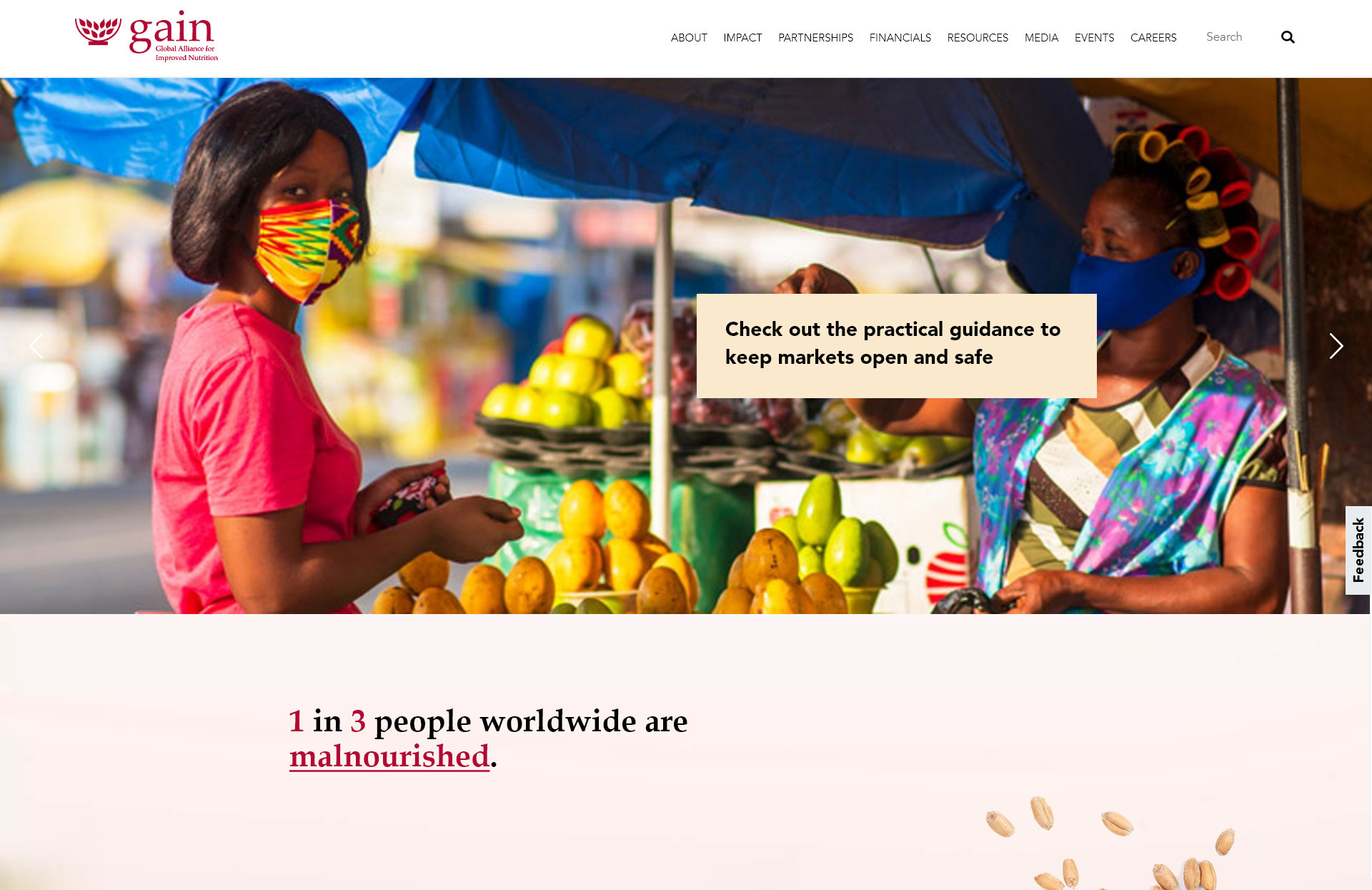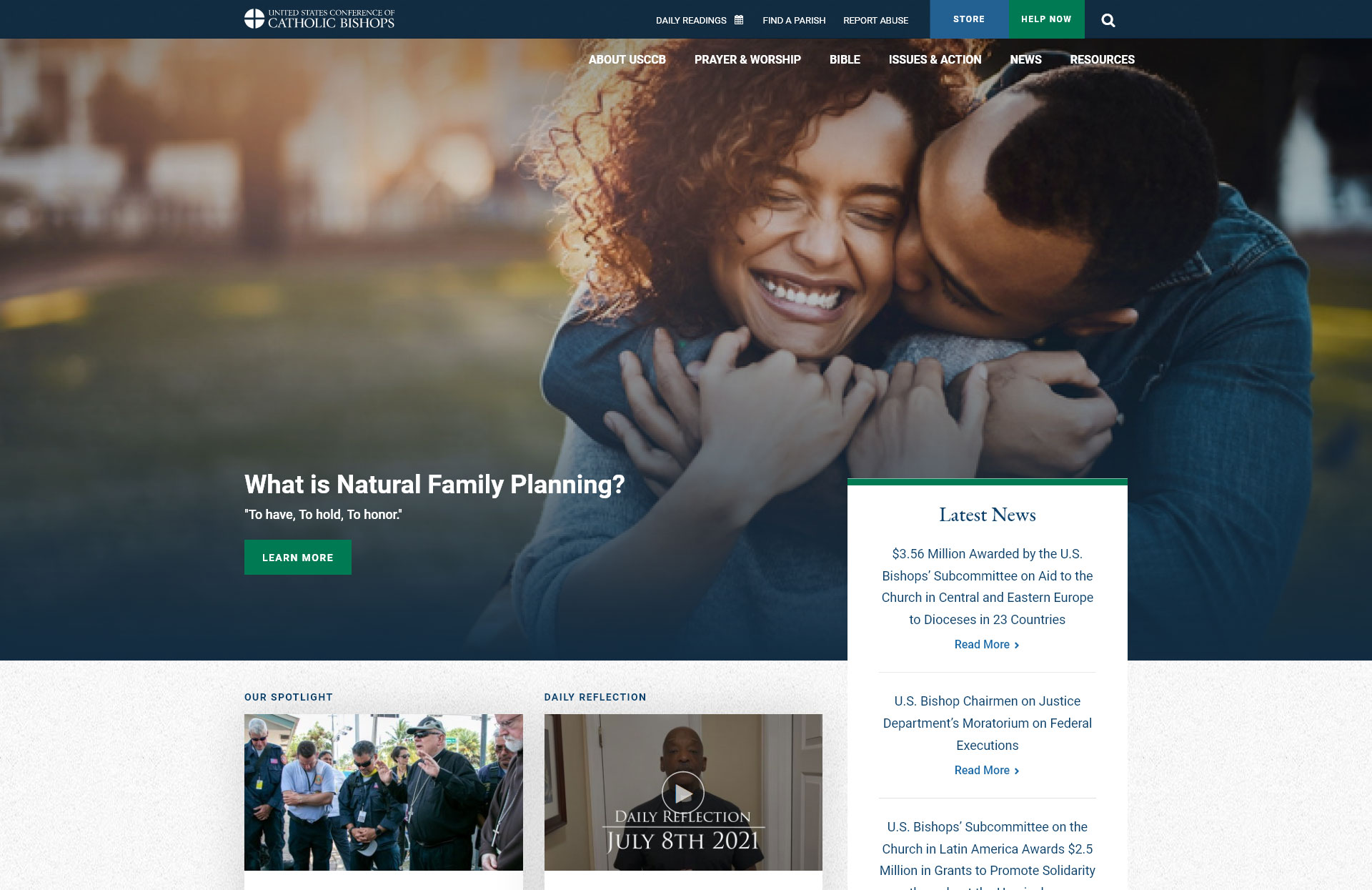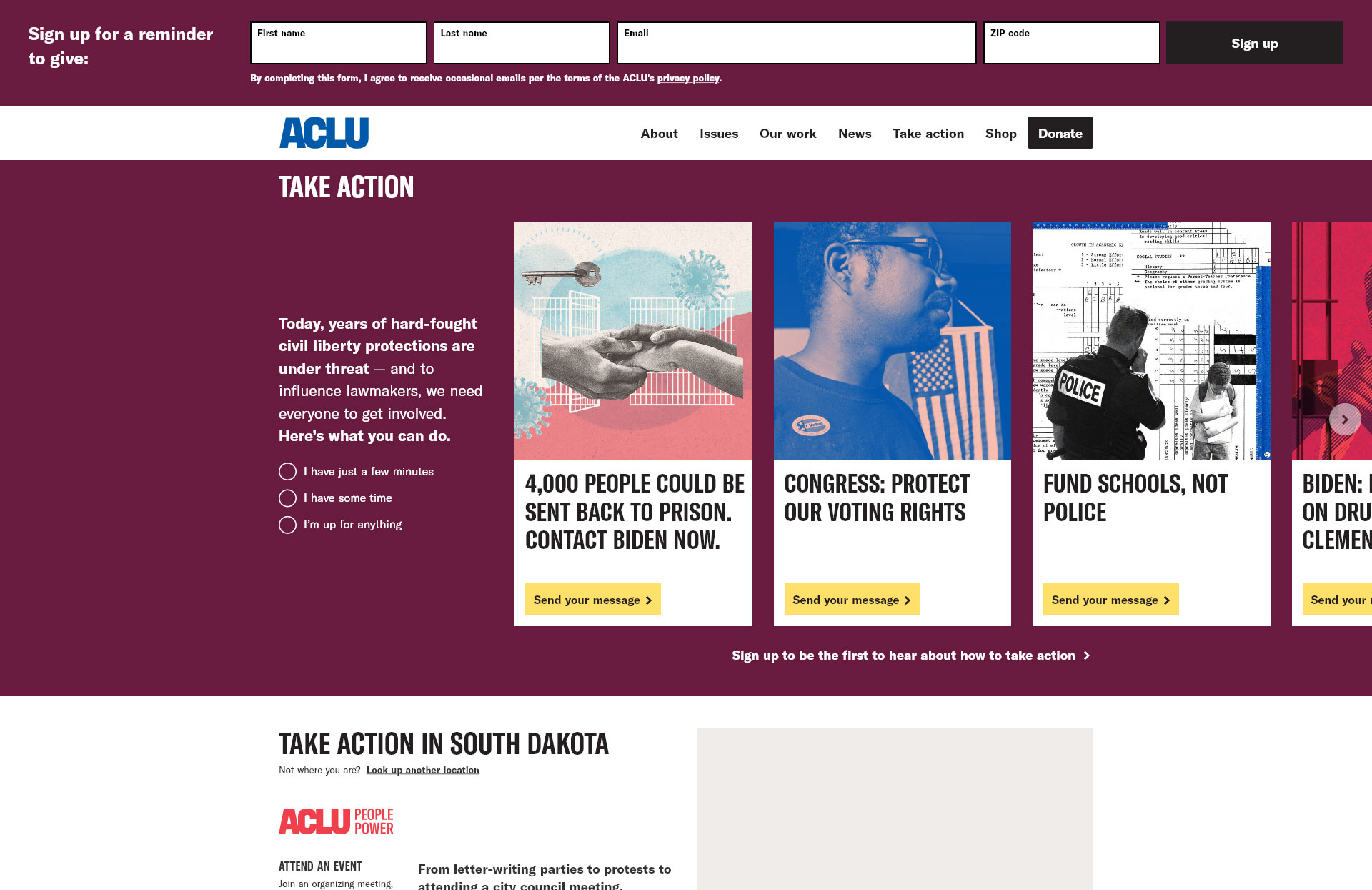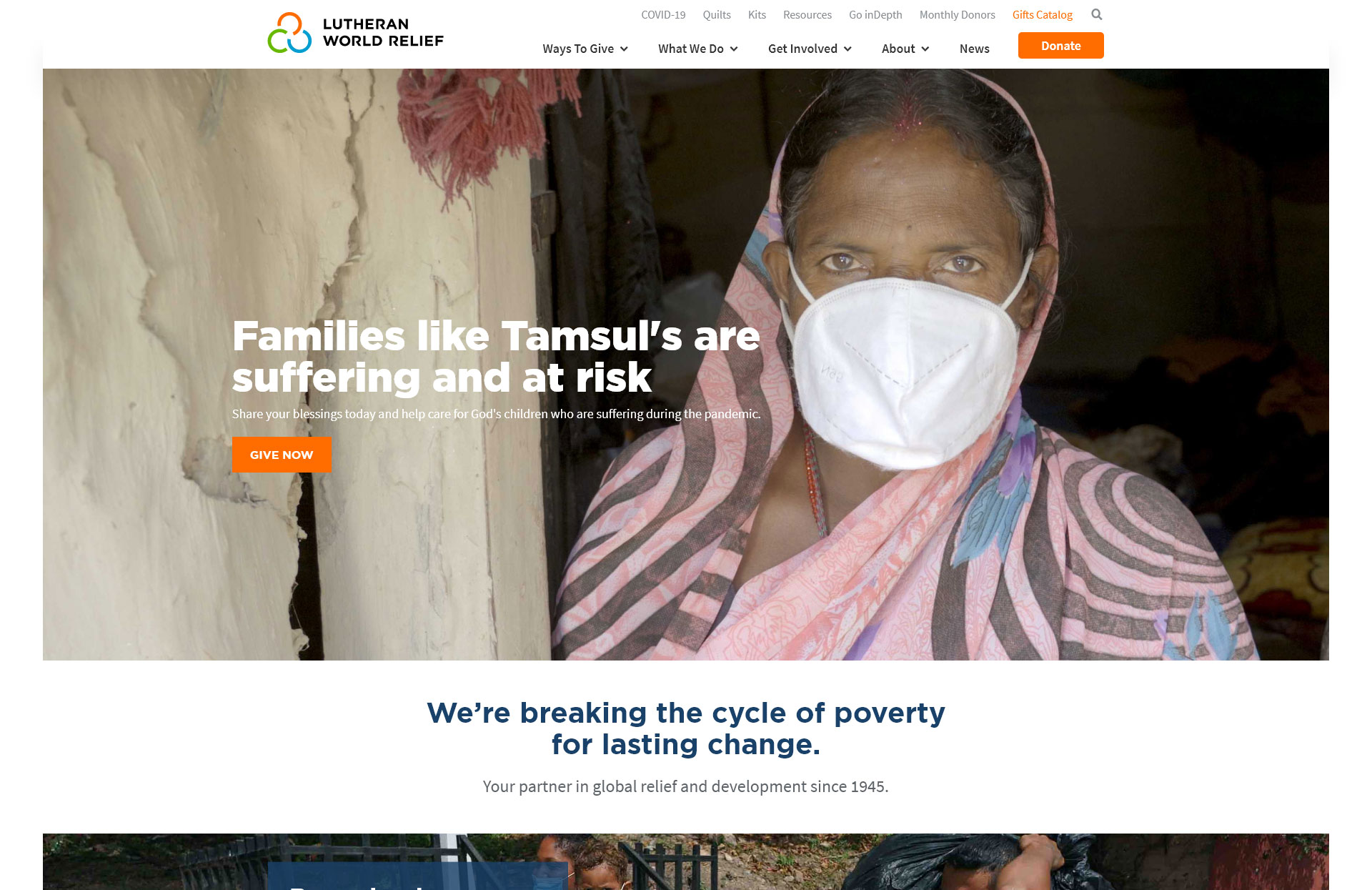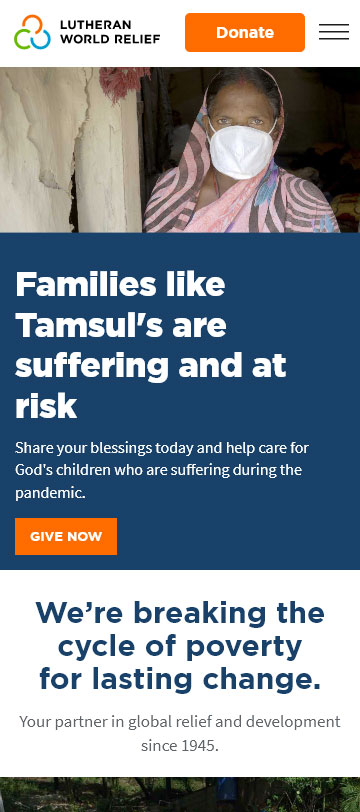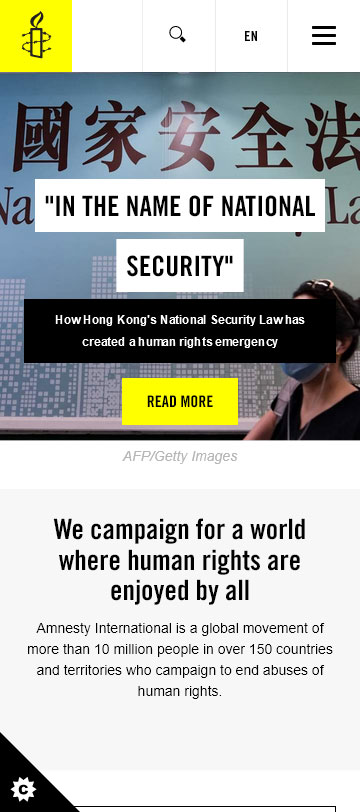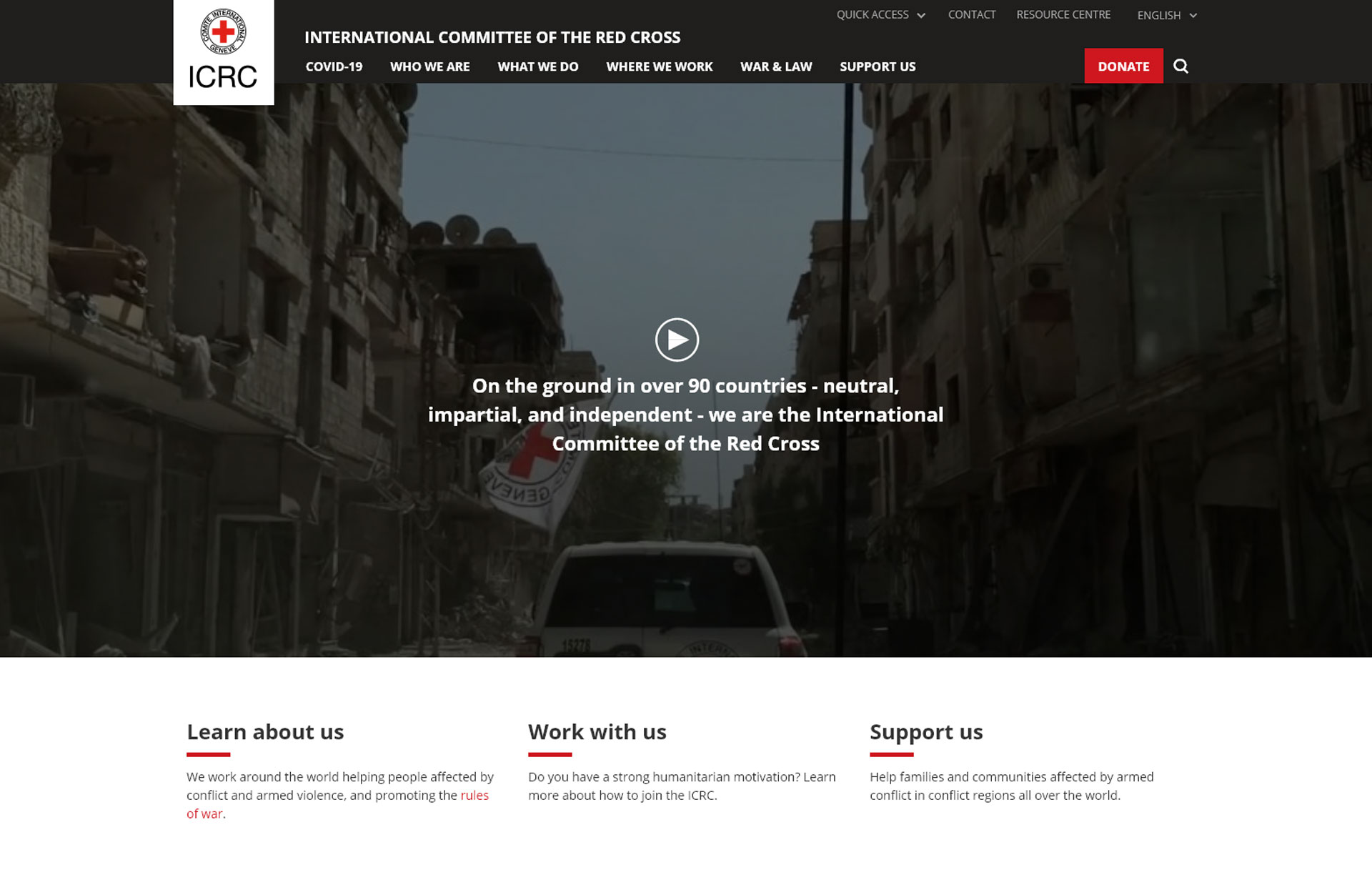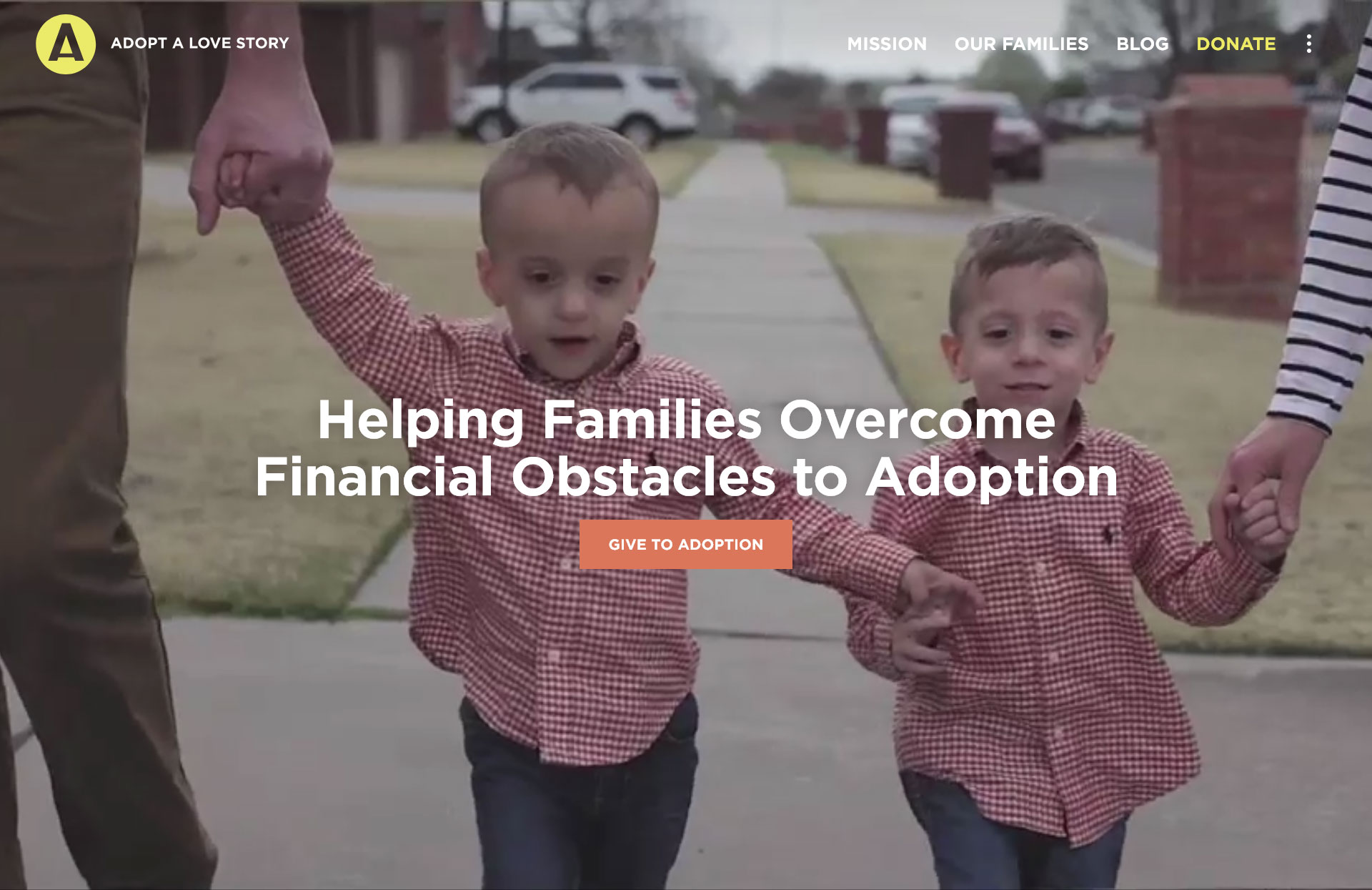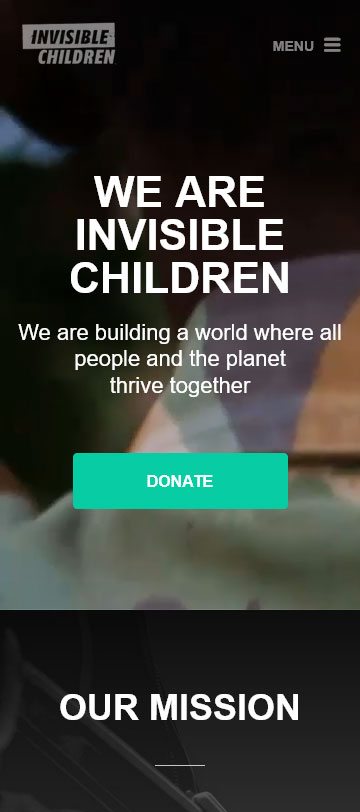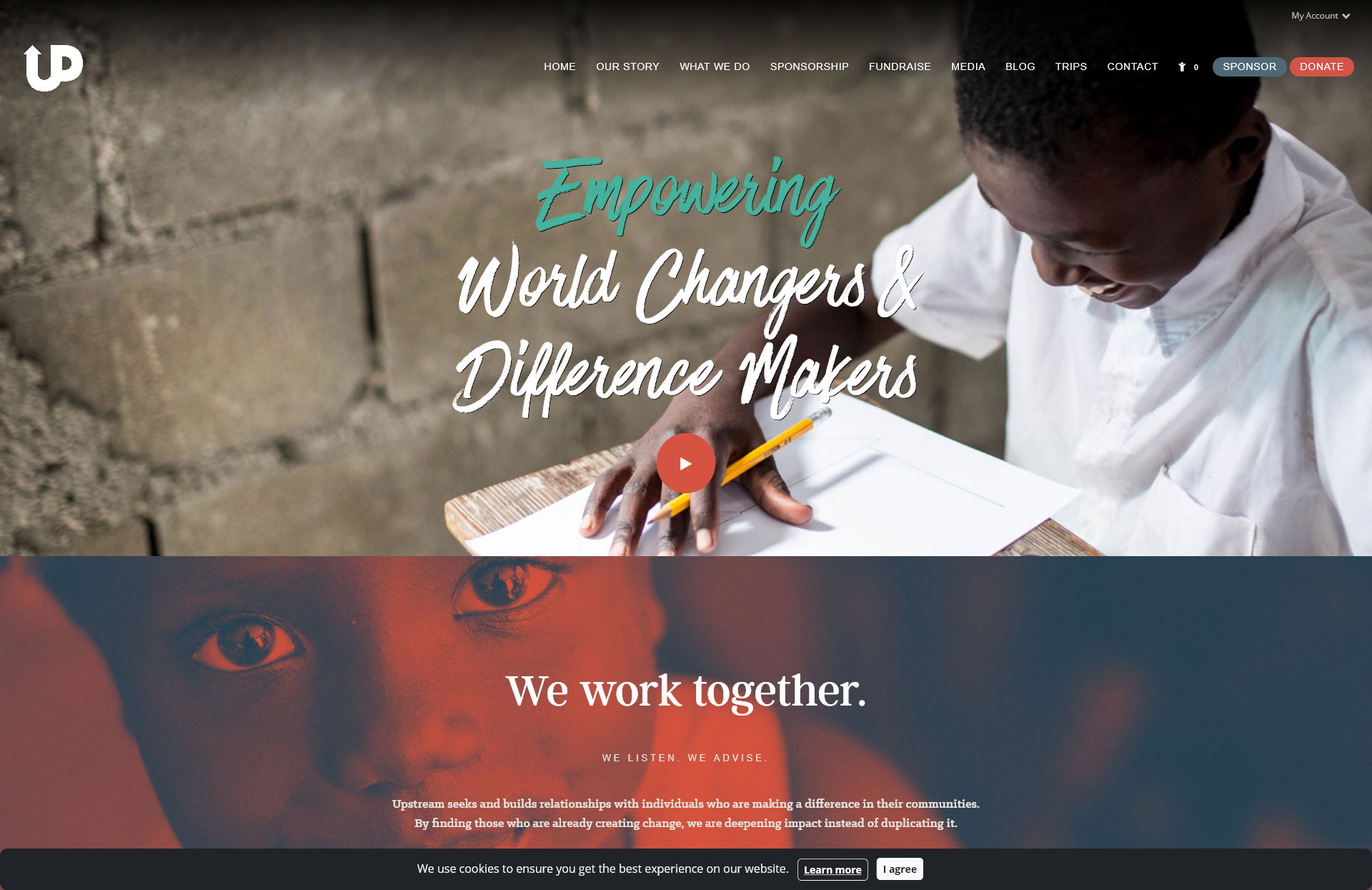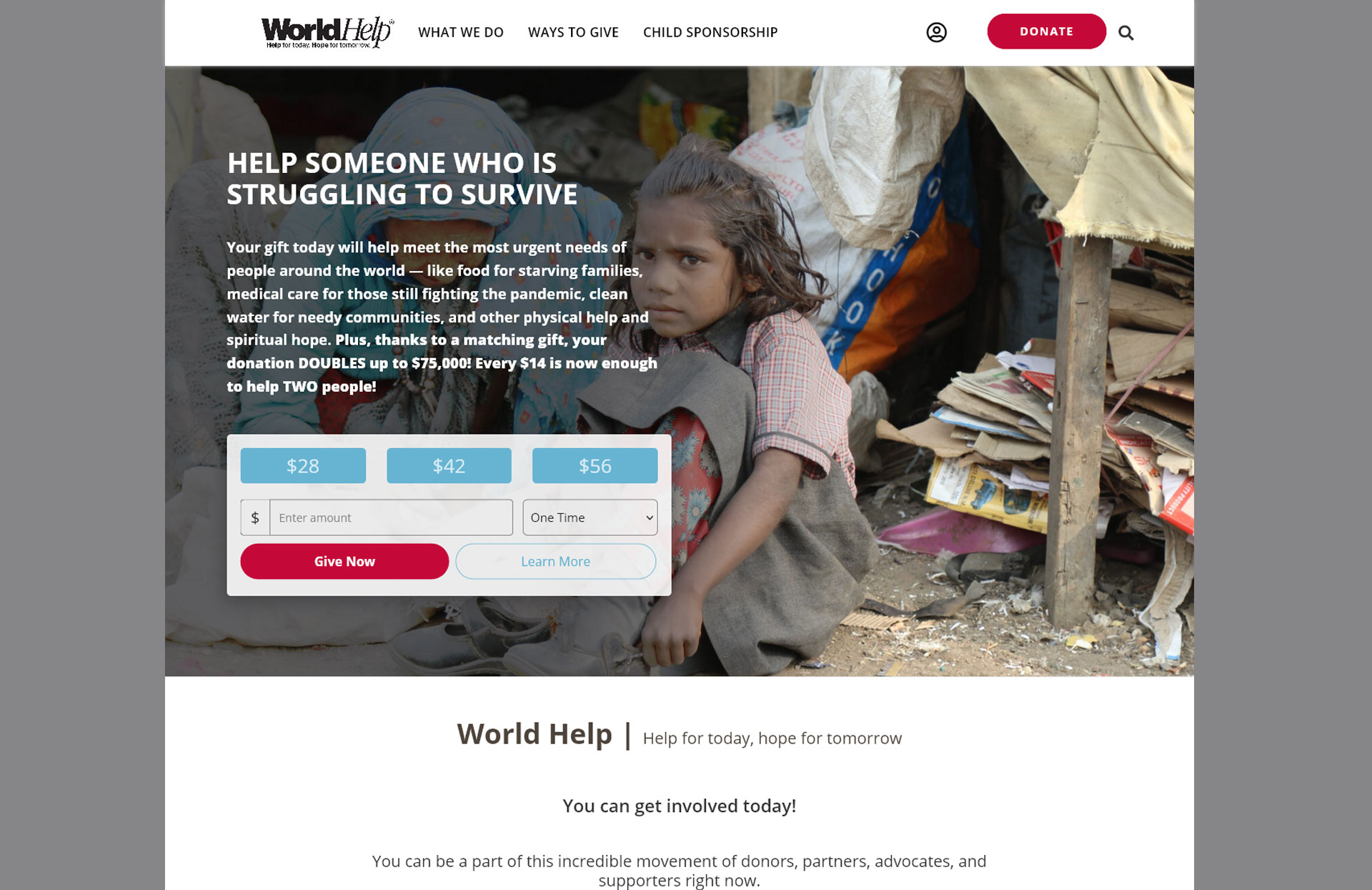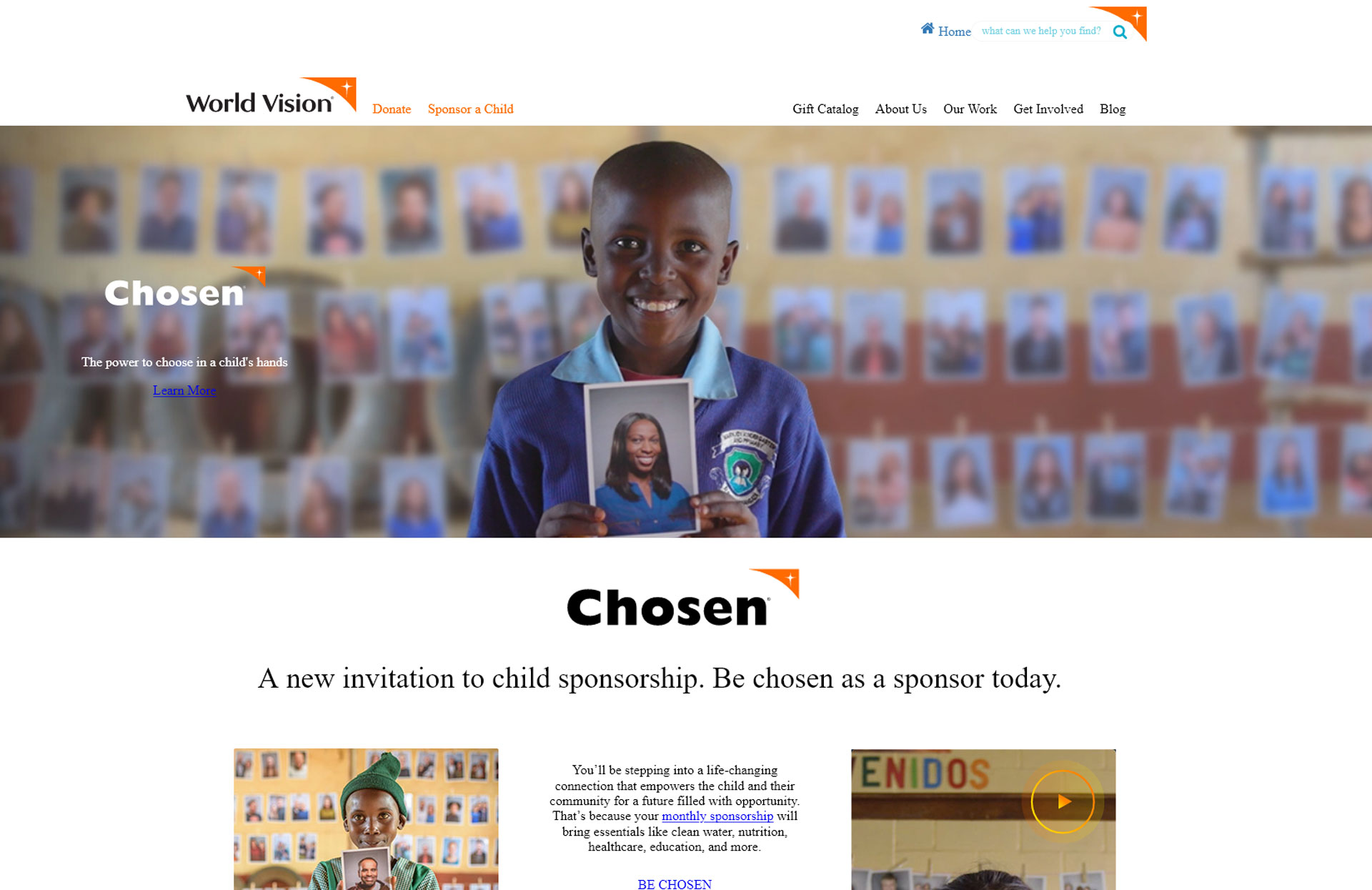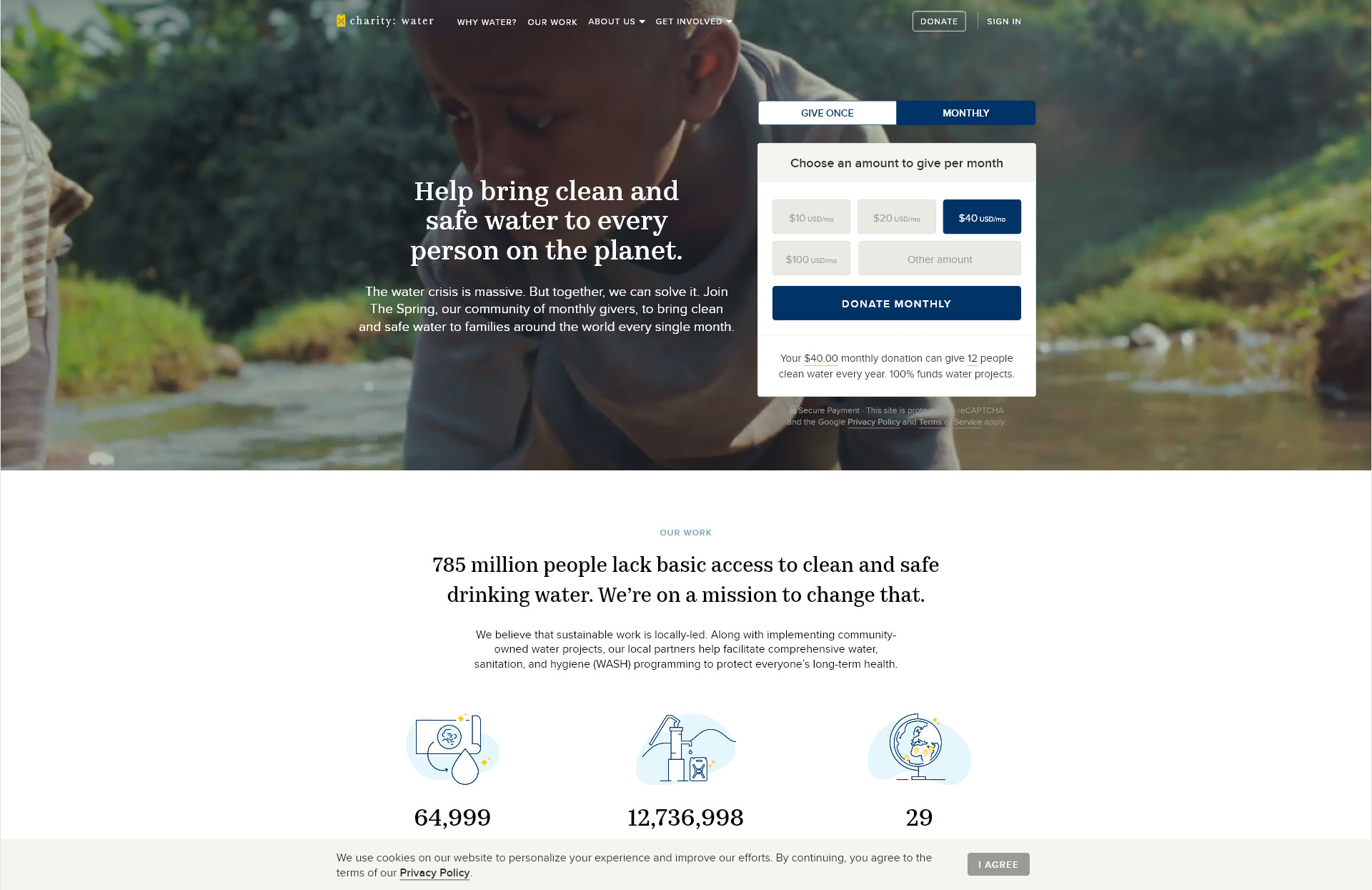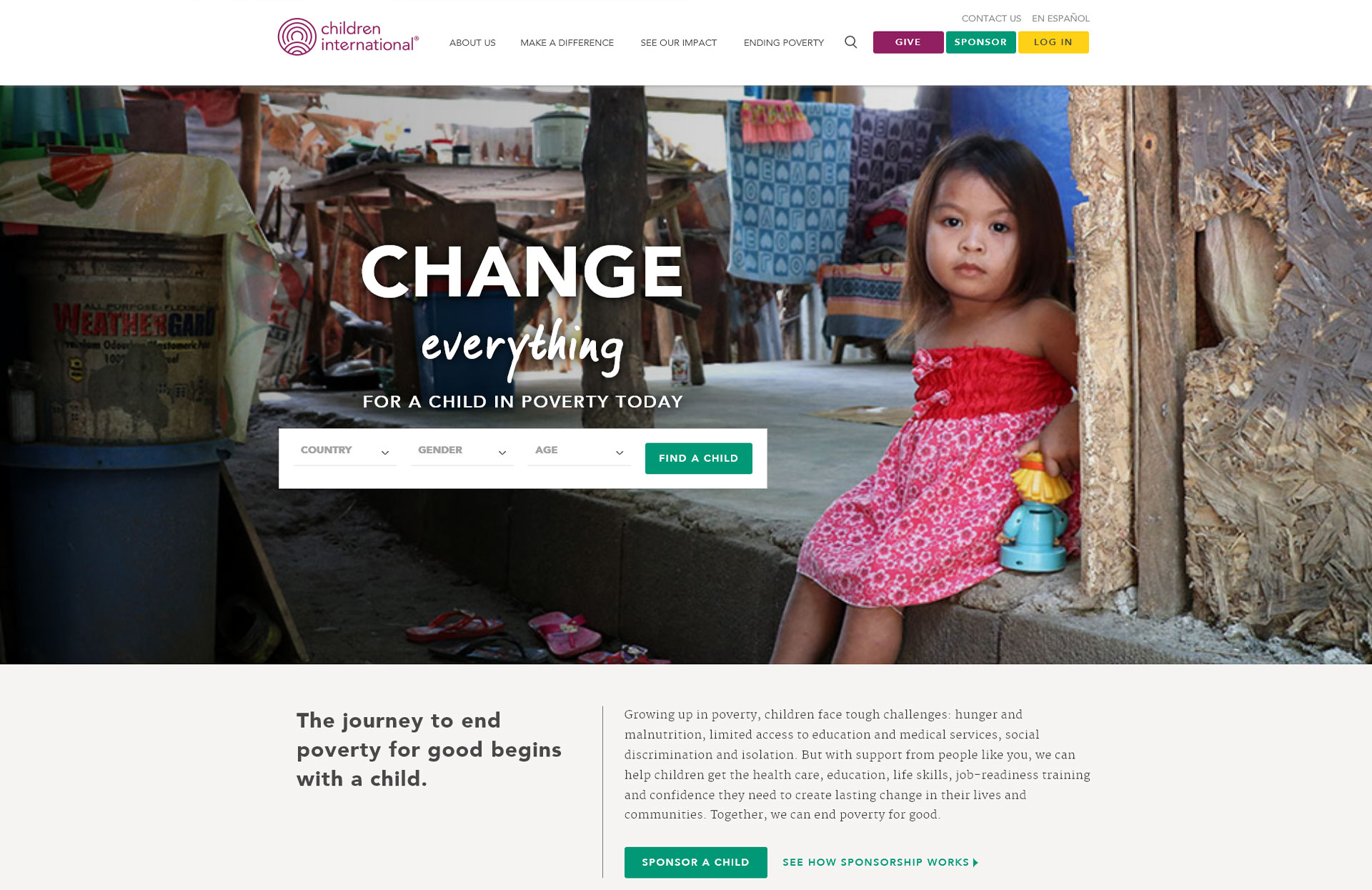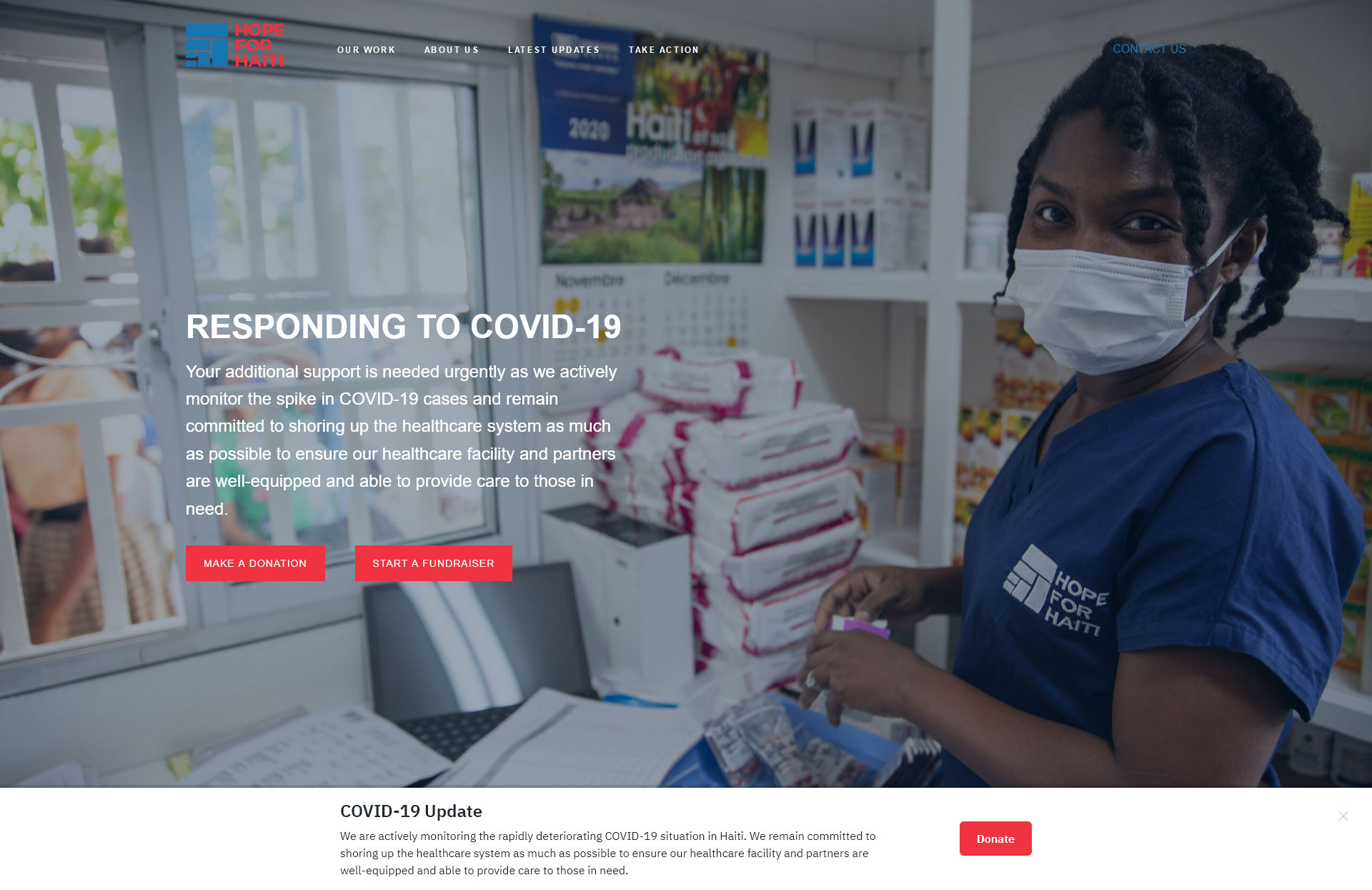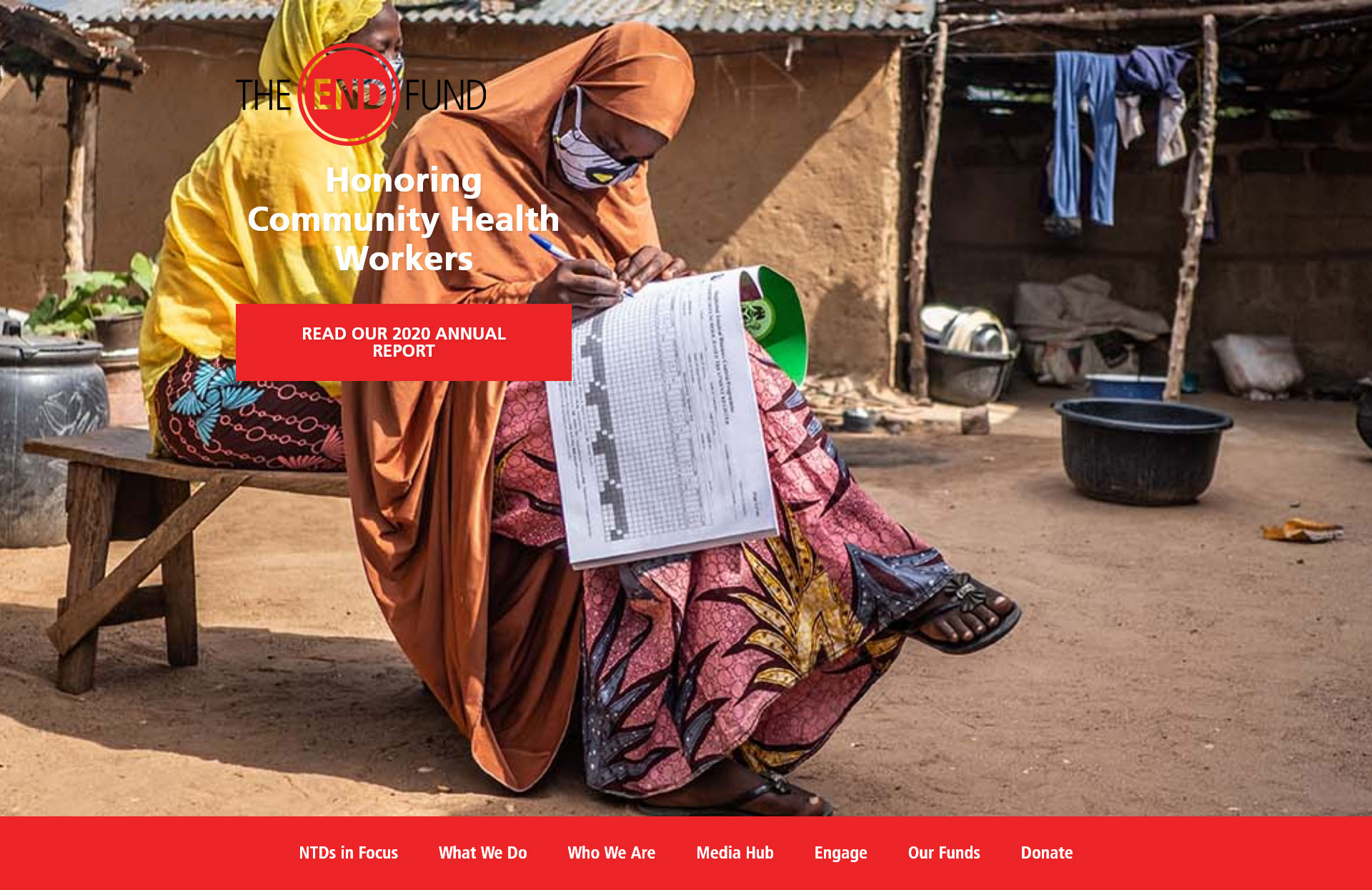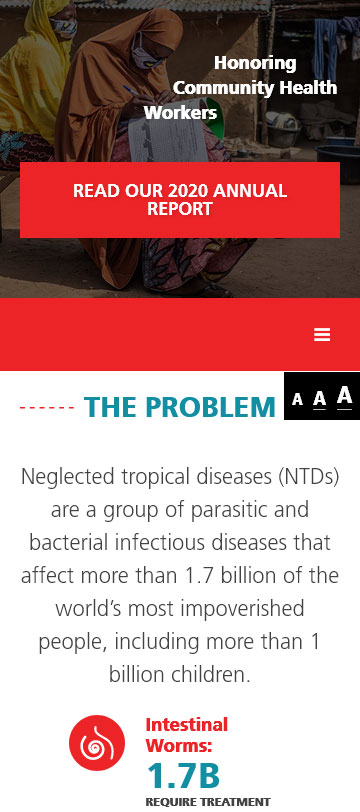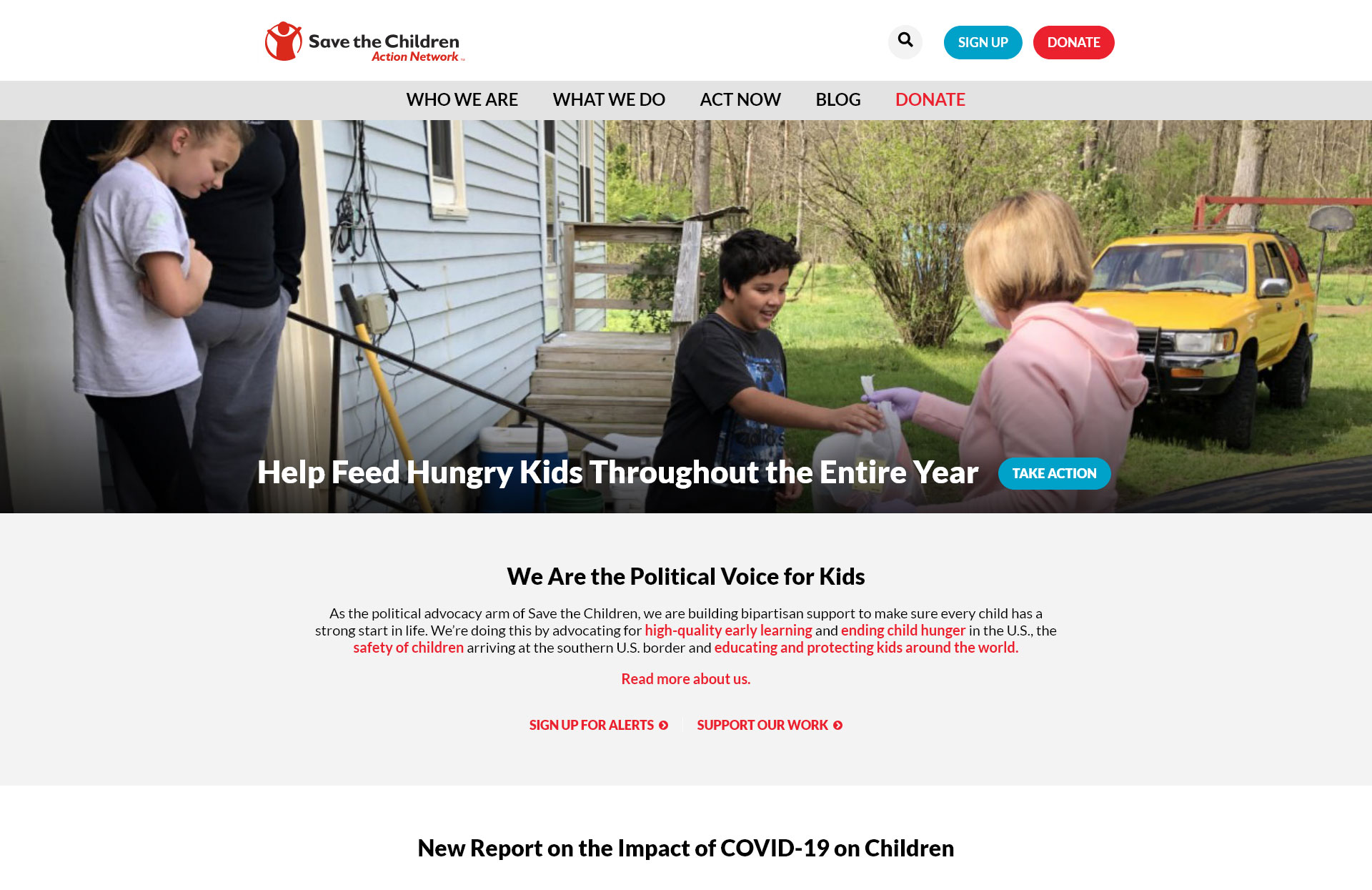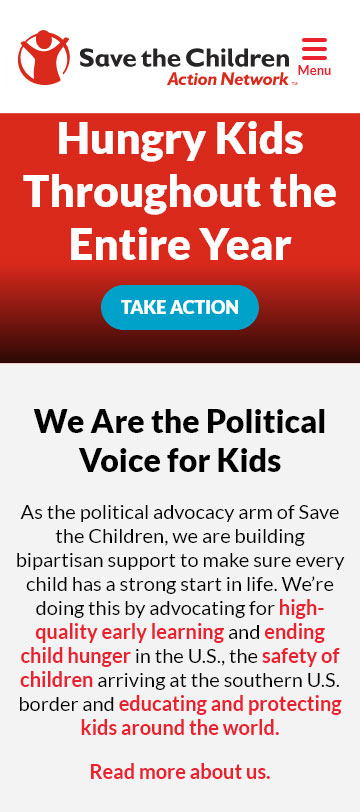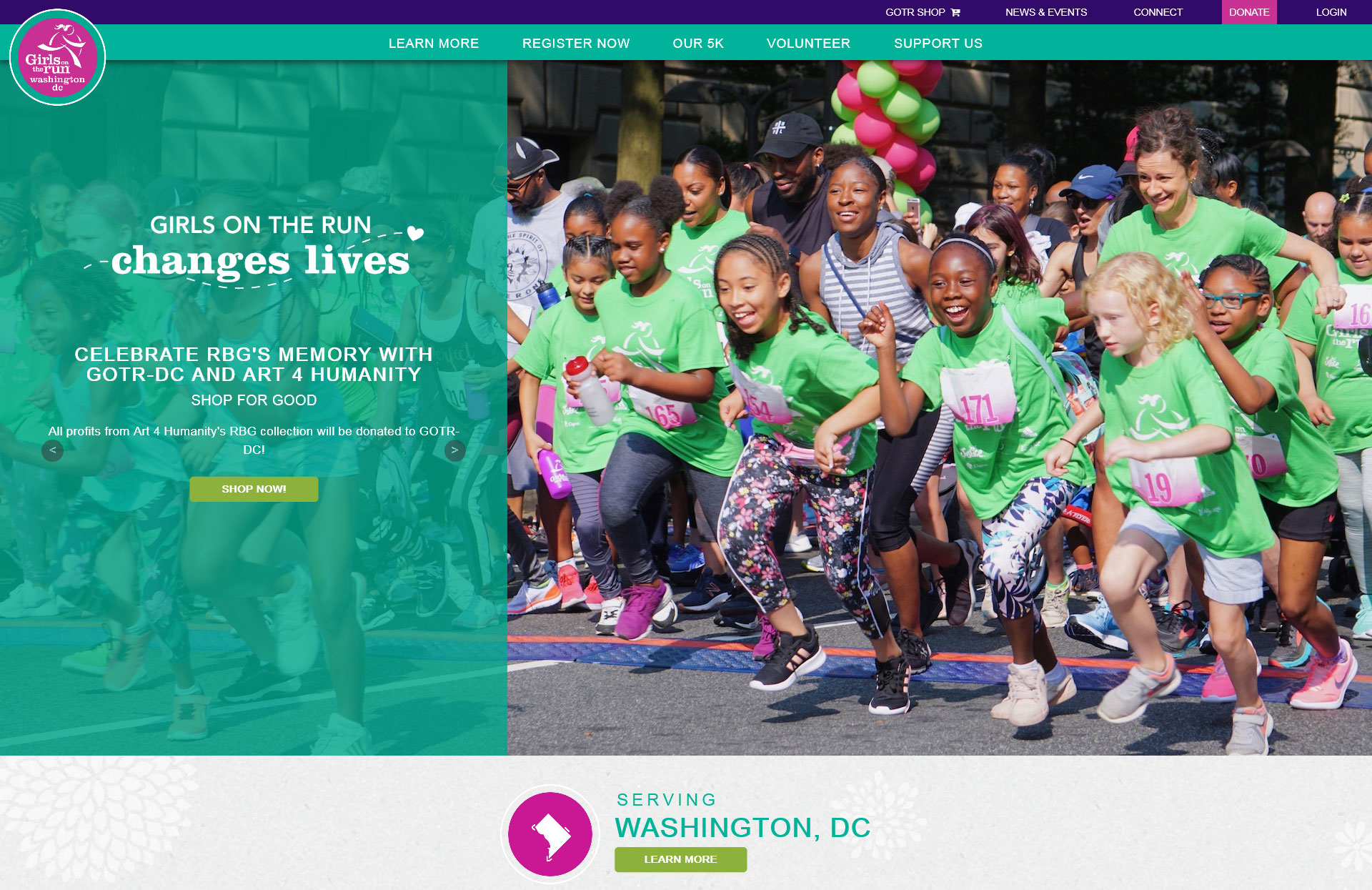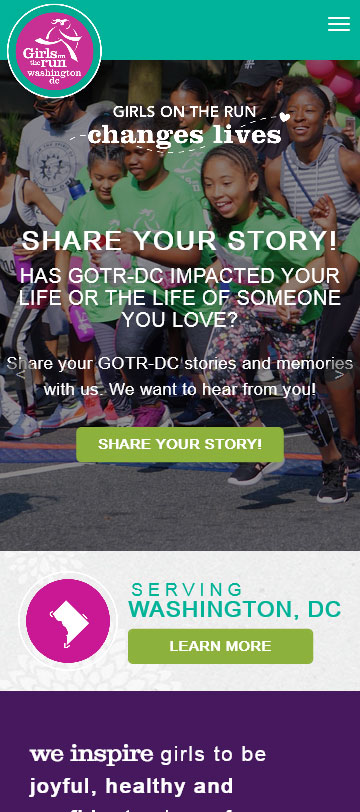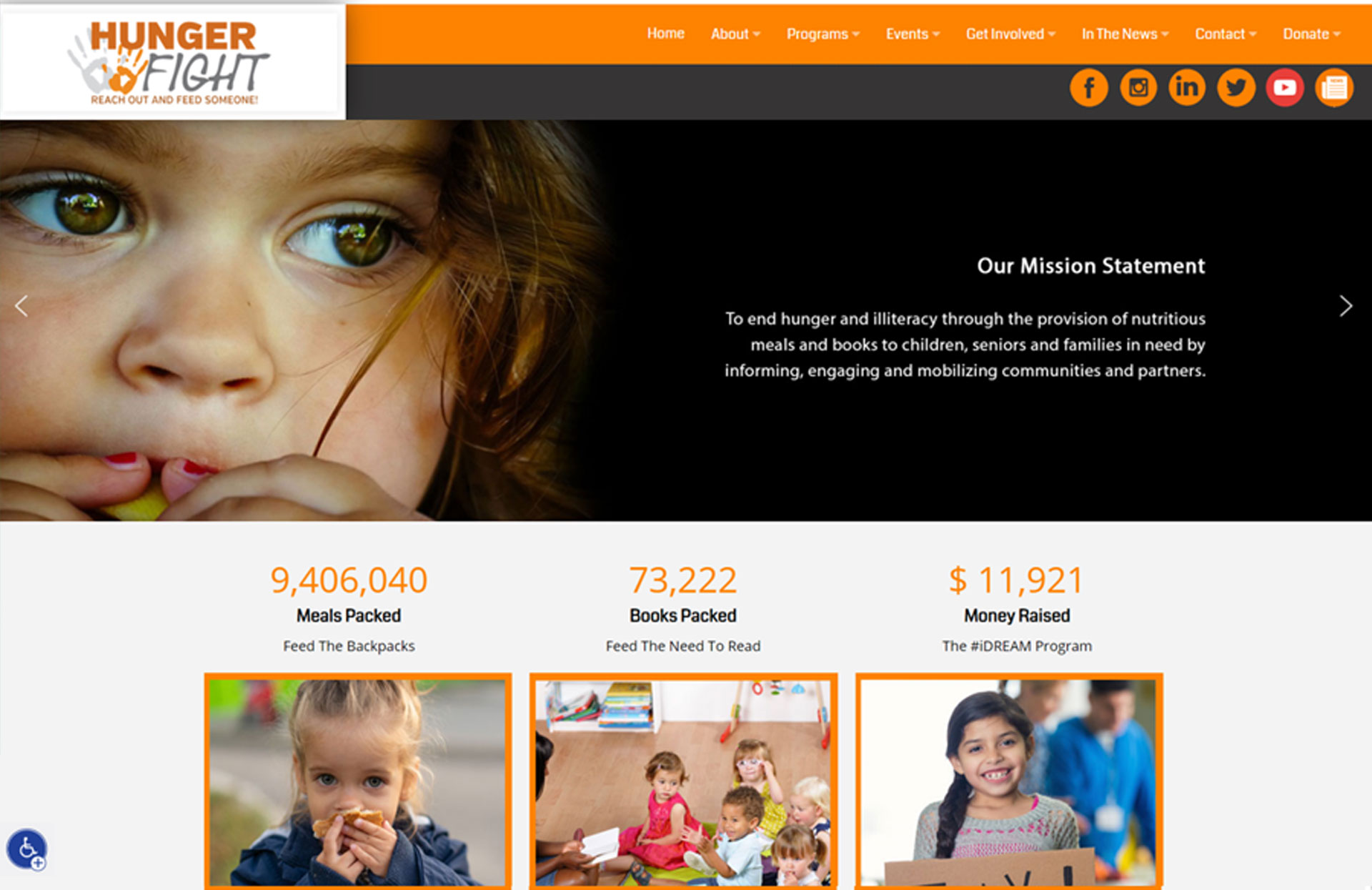What makes a great nonprofit website? An effective nonprofit website can have a major impact on how others perceive your organization and whether they want to take part in helping your cause. This article will explore the features that make for a highly-effective nonprofit website design and offer some compelling examples to give you a bit of inspiration for your updates. Nonprofit website design has seen some big changes throughout the years. Not only has the need for a responsive design become important, but nonprofits must take into consideration how their website can help increase donations and encourage a visitor to be involved with your cause. Some factors that can help improve these areas include:
- A well performing and secure website
- Responsive design that looks great across any mobile or tablet device
- Offering different types of content to engage visitors-such as blog article, news section, case studies and other resources
- Offering “call to action” areas throughout a website such as “donate now” or “subscribe to our newsletter” to help increase conversion rates
- Compelling visuals such as photography and video
- Inclusion of value statements — competitive advantages, company mission and vision, description of company culture
Performance and Security
Having a nonprofit website that performs well and is secure is more important than you think. Both performance and security actually affects search engine rankings, with less secure and poor performing websites being ranked lower by search engines. Additionally, a slow loading website can be frustrating to visitors that are looking for information surrounding your nonprofit’s mission, vision and values, which may lead them to go elsewhere to a similar organization’s website. A website that loads around two seconds is considered well performing. In terms of security, make sure HTTPS is installed on your website for data protection purposes.
Responsive Design
Having a nonprofit website that is responsive across all devices is considered an important component for website design. Now more than ever, people rely on smartphones for browsing the web, and it can be frustrating if you have to zoom in and out to view website content if it is not optimized for smartphone use. This can contribute to a high bounce rate due to frustration with the website. Since nonprofits are also looking for donations and to increase visitor engagement, it is also important that online forms and buttons respond properly on a mobile device. Responsive design is also a factor in search engine rankings, with well optimized websites ranking higher in search results.
Content Creation
A good nonprofit website will engage visitors through content as a way to educate and inform them about the issues that surround your mission, and the vision your nonprofit has to help solve these problems. New content gives a nonprofit the opportunity to provide real life examples of their involvement with the community and accomplishments to date. In order to compete with organizations with similar causes, your nonprofit website should include new content that is created on a regular basis. Not only does new content help in telling your brand’s story, but keeps a visitor exploring your website for longer periods of time. So what types of content should you include in your nonprofit website? Below are a few examples:
- Blog posts (could discuss different topics such as event recaps, major awards your nonprofit has received or recent accomplishments towards your cause)
- Client testimonials or case studies (these allow visitors to understand the issues surrounding your cause and how your nonprofit has worked towards a better future for a particular group of individuals.)
- Resource section (could include different documents relating to your industry such as fact sheets, press releases etc)
- Webinars
- Video or media gallery
- Social media (gives a more personal communication opportunity with visitors and a way to share content)
Call to Action Areas
In order to improve conversion rates on a nonprofit website, you should include “call to action” areas where visitors can further engage with your organization. For a nonprofit website, this could include buttons to “donate now”, “attend our event” or “subscribe to our newsletter. Inclusion of forms is another great way to improve conversion rates. These forms could have visitors enter contact information if they would like recent news and updates from your nonprofit. The more information you are able to collect from a visitor, the more opportunity your nonprofit will have for further communication with the individual.
Photography and Video
Nonprofit websites should include great imagery and other media in order to capture the attention of your visitors. Incorporating real imagery showing your nonprofits involvement with the community helps to better tell your story. Including video can also be a great way to educate your audience on the issues surrounding your cause and how it is affecting certain groups of individuals.
Inclusion of Value Statements
It is also important to consider including value statements within your nonprofit website. Value statements help support your mission and understand the impact your nonprofit has made on others. Below are a few examples of value statements you could include in your B2B website:
- Groups of individuals your nonprofit has supported and their geographical location
- Facts and statistics related to your nonprofit’s mission and community impact
- Company mission and vision statement (What does your nonprofit hope to accomplish? How are you working towards these goals?)
- Company culture (this would be more for employment purposes- what does it look like to work for your nonprofit as a fulfilling career path?)
